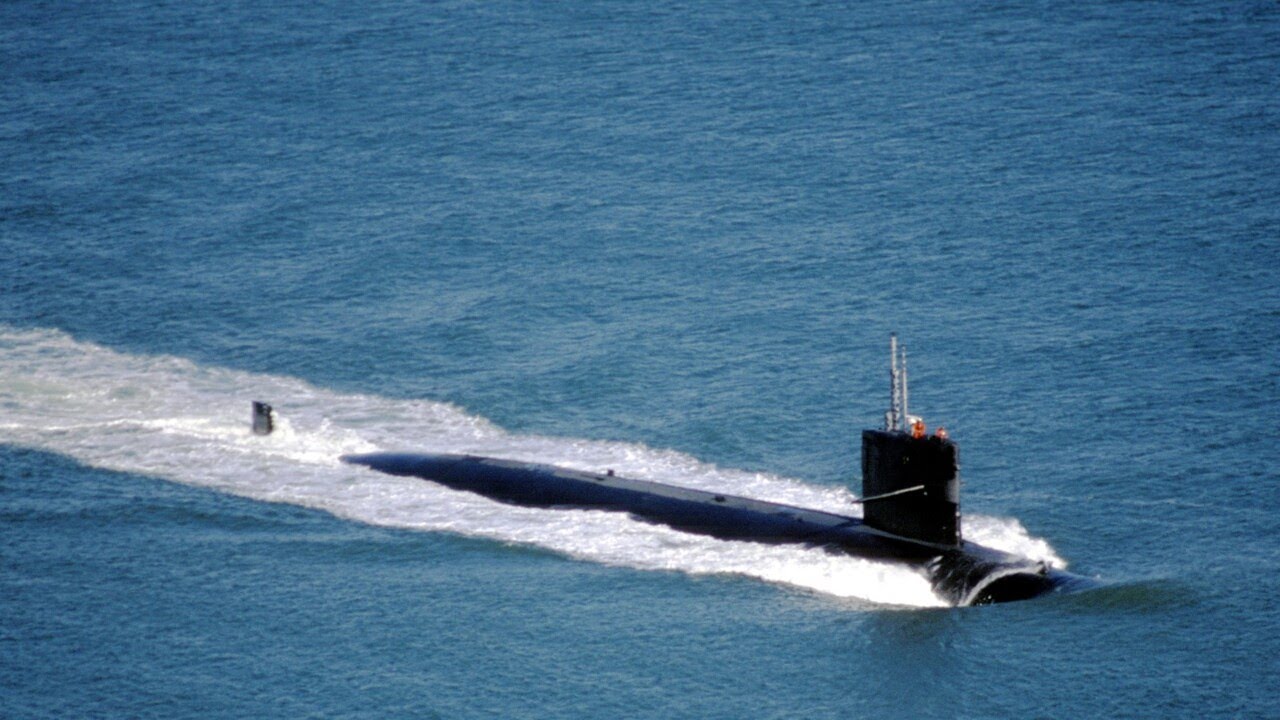'Cuts To Other Parts Of The Defence Budget' Will Need To Be Made For Aukus Subs
Unleash Your Creative Genius with MuseMind: Your AI-Powered Content Creation Copilot. Try now! 🚀
It was a week of historic proportions as Prime Minister Anthony Albanese unveiled the much-anticipated announcements in San Diego. But what makes this week truly monumental is that it's just the beginning of a series of revelations that promise to reshape Australia's defense strategy. The coming month will bring more than just the announcement of new weapons acquisition under the Orcus agreement. We're talking about hypersonic missiles and much more. However, to foot the bill for these high-tech submarines and weapons, the government has made it clear that cuts to other parts of the defense budget are inevitable. The details of this budget shift will be fully disclosed in the forthcoming defense strategic review.
Winds of Change: A Shift from Land to Sea
In a significant strategic shift, it appears that the Australian government is steering away from land warfare towards the vast expanse of the sea. In essence, we're looking at fewer tanks and a more pronounced focus on maritime security. As one senior government official aptly put it, the Australian Defense Force has, in recent times, been structured around the prospect of land warfare in the Middle East rather than safeguarding our own shores.
This shift in focus implies that the government recognizes its past misdirection. By committing to the colossal $368 billion expenditure on nuclear submarines, they believe they're being more transparent than necessary. In reality, they could have merely hinted at a $9 billion cost in the forward estimates. So, in their view, they have gone above and beyond in terms of transparency.
A Glimpse into the Submarine Fleet
The recent announcement hinted at the acquisition of three to five U.S. Virginia-class submarines, precluding the construction of British submarines in Australia. However, the prevailing expectation is that Australia will ultimately secure just three of these formidable underwater vessels. Furthermore, there's the possibility of acquiring a submarine even before the year 2030.
But here's the twist: those timelines, as announced, were intentionally conservative. Deputy Prime Minister and Defense Minister Richard Miles disclosed an interesting detail this week. The first submarine to join Australia's fleet will be second-hand, but it won't be a relic. It's set to be no more than 13 years old, and it will still have around two decades of service life ahead of it. This means that when we do acquire this sub, which is the plan for the early 2030s, it will serve us well into the early to mid-2050s.
In a rather curious way, this makes it the shortest-lived of the submarines we'll acquire. It's a testament to the government's commitment to bolstering Australia's naval capabilities and ensuring the longevity of its maritime defense strategy.
As we sail into this new era of defense strategy, one thing is clear: the tides are shifting, and the future holds some exciting prospects for Australia's maritime prowess. The government's willingness to adapt and invest in modern technologies and capabilities underscores their commitment to safeguarding the nation's interests. With a new focus on the sea and the promise of cutting-edge submarines, Australia is poised to ride the waves of change and navigate the future with confidence.

Related Recaps
- Lady Gaga - Look What I Found (from A Star Is Born) (Official Music Video)
- Riga Dialogue public discussion: "Who Is Who in the New European Neighborhood?"
- Thanks! I hate it.
- About That Terrible Johns Hopkins Lockdown "Study"
- Datena e Boulos tramam contra Lula / Nikolas desmascara Felipe Neto - 03/04/2023